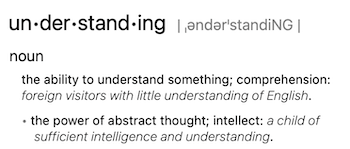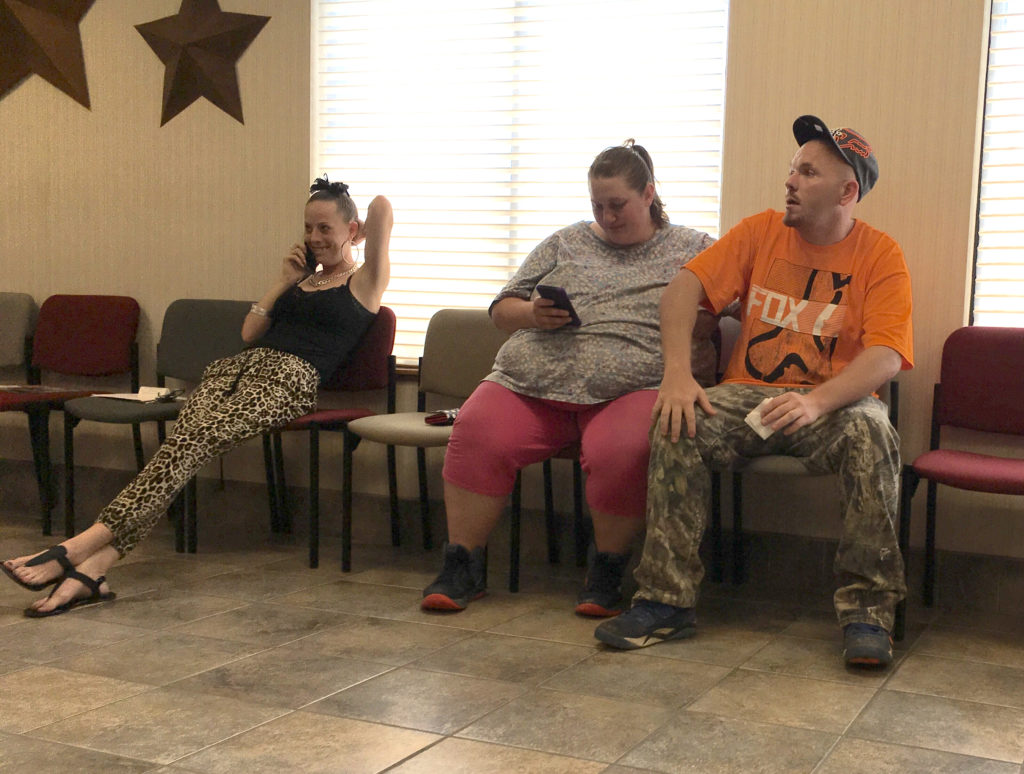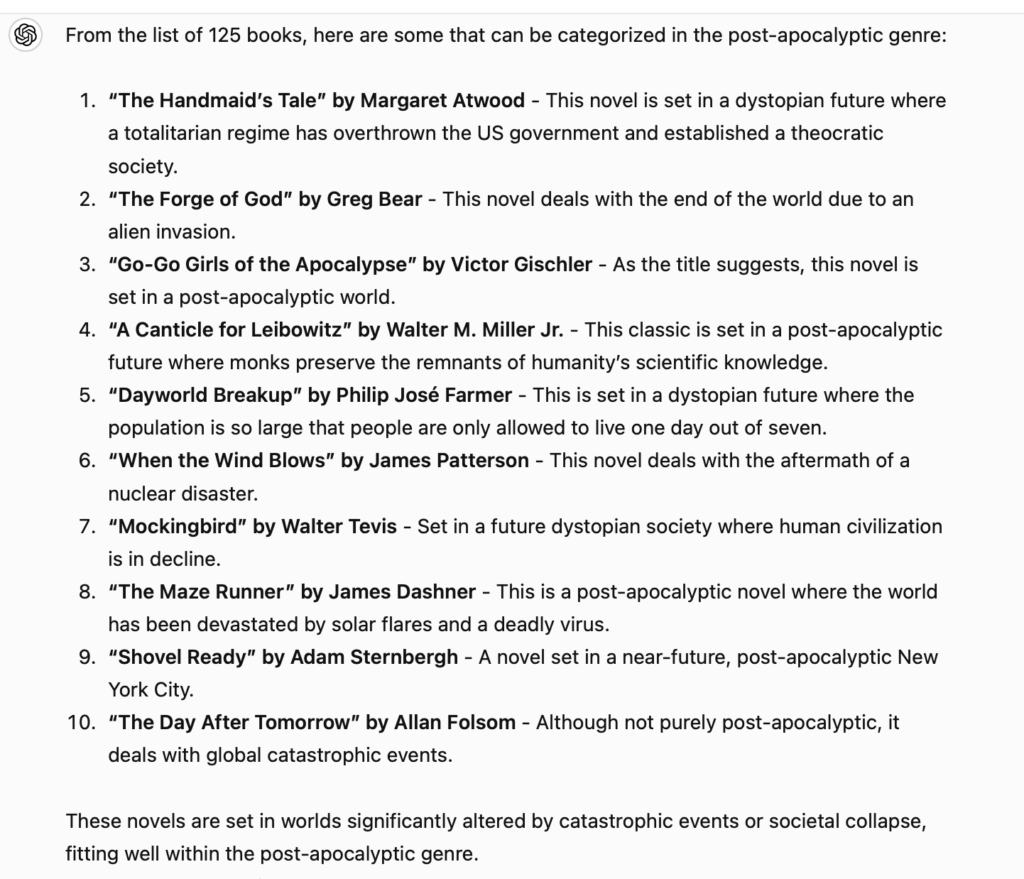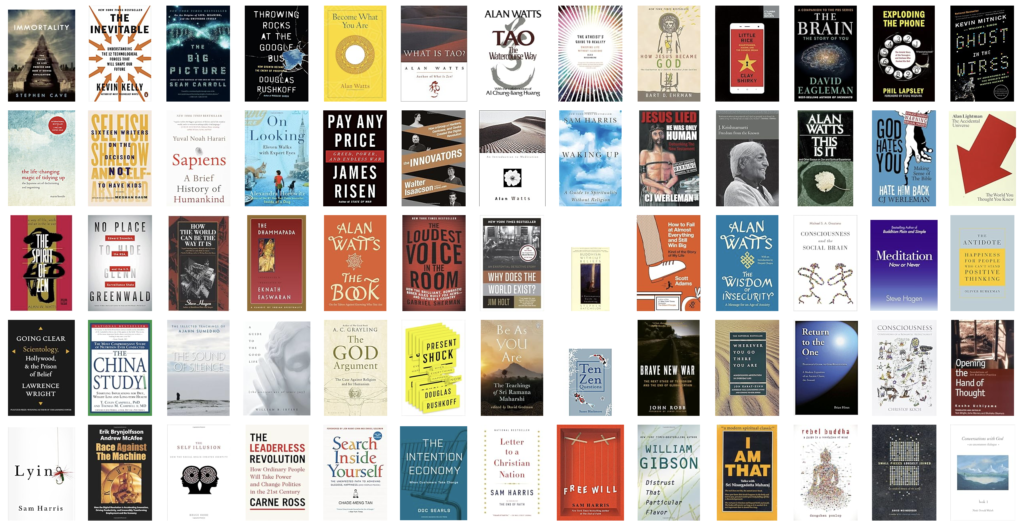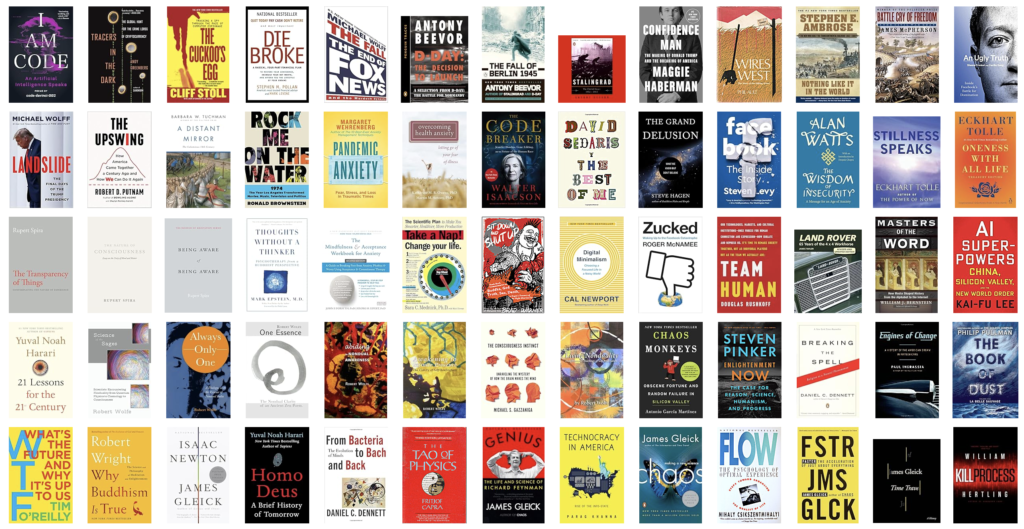Me to ChatGPT: With the growing interest in AI, I’m seeing more references to the Turing Test. Can a human tell if he is having a conversation with another human or an artificial intelligence. An interesting spin on this is the suggestion that to pass the test, an AI will have to “dumb down” its responses in order to sound more human-like. In my interactions with ChatGPT and Perplexity, I’ve found both to be far more erudite than almost any of my human acquaintances. I don’t know anyone as “knowledgeable” and “articulate” as ChatGPT. Do you have any thoughts on this idea? Some of ChatGPT’s response:
This brings up some interesting philosophical questions about what it means to be human in conversation. Humans are not just repositories of knowledge; they bring emotions, experiences, biases, and limitations to the table. These elements make human conversation rich, but also messy, inconsistent, and imperfect. An AI that always responds with perfect grammar, deep insights, and an encyclopedic knowledge might inadvertently reveal itself as non-human simply because it lacks the flaws and variability that characterize most human interactions.
It’s a balancing act—finding the right mix of knowledge, relatability, and imperfection that aligns with human expectations in a given context. In the end, the goal might not just be to pass the Turing Test in a traditional sense, but to create AI that can adapt its communication style to different scenarios, sometimes being erudite and articulate, and other times being more casual or even fallible, depending on what the situation calls for.

